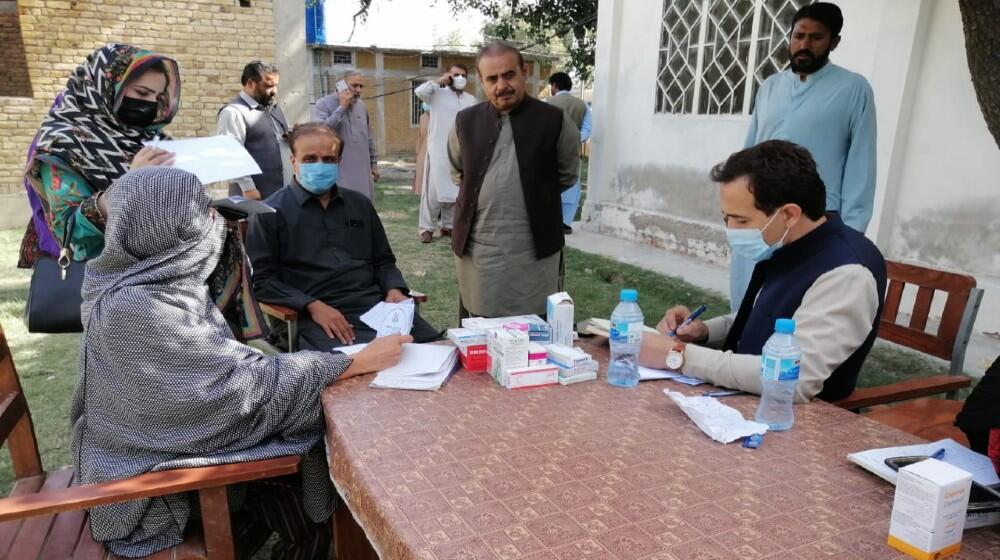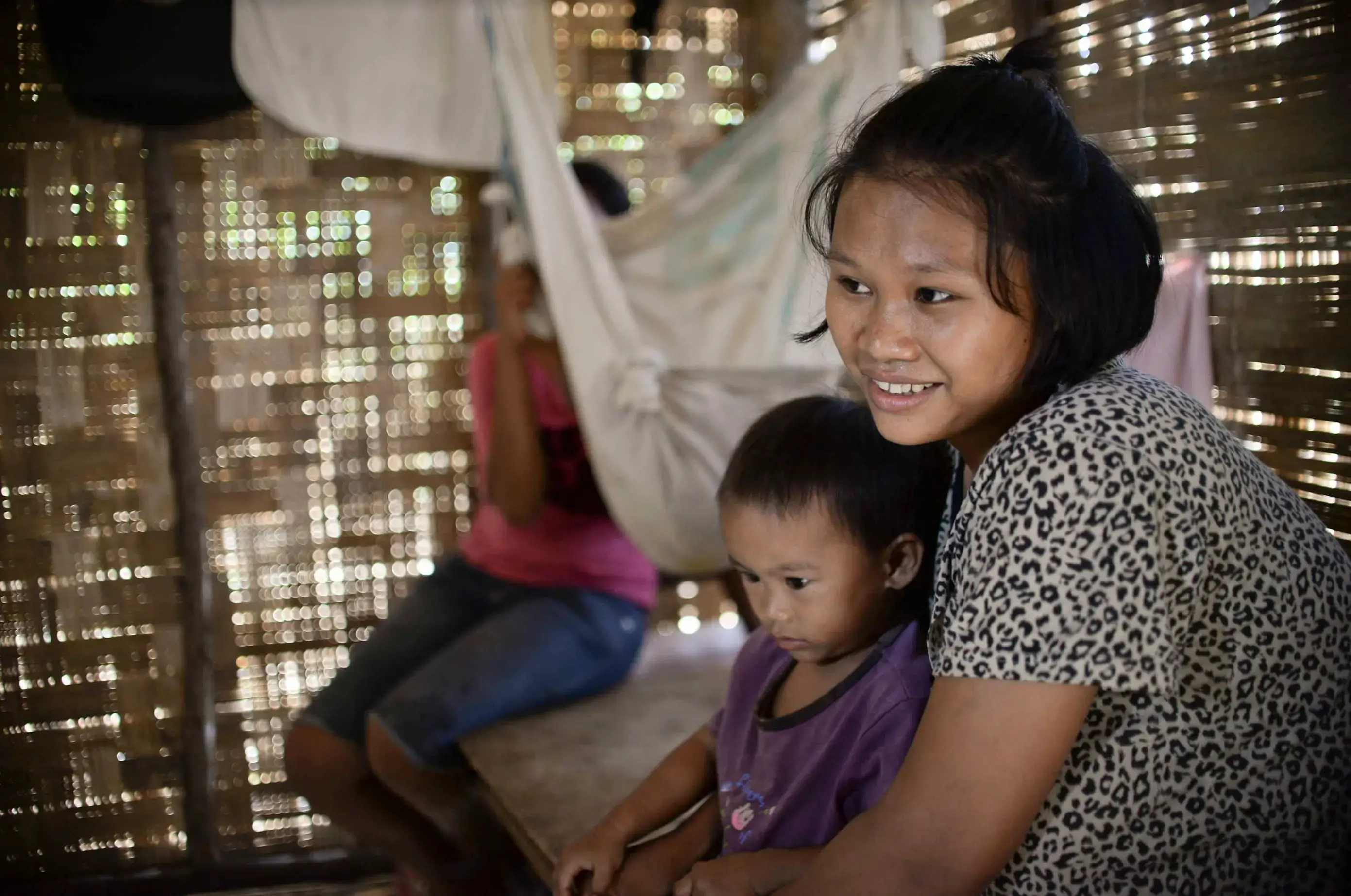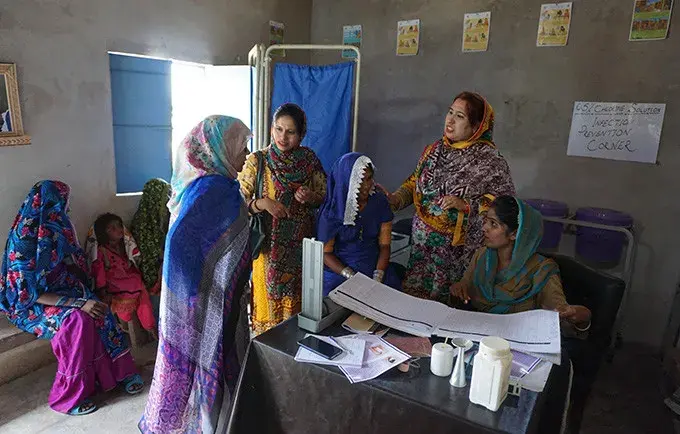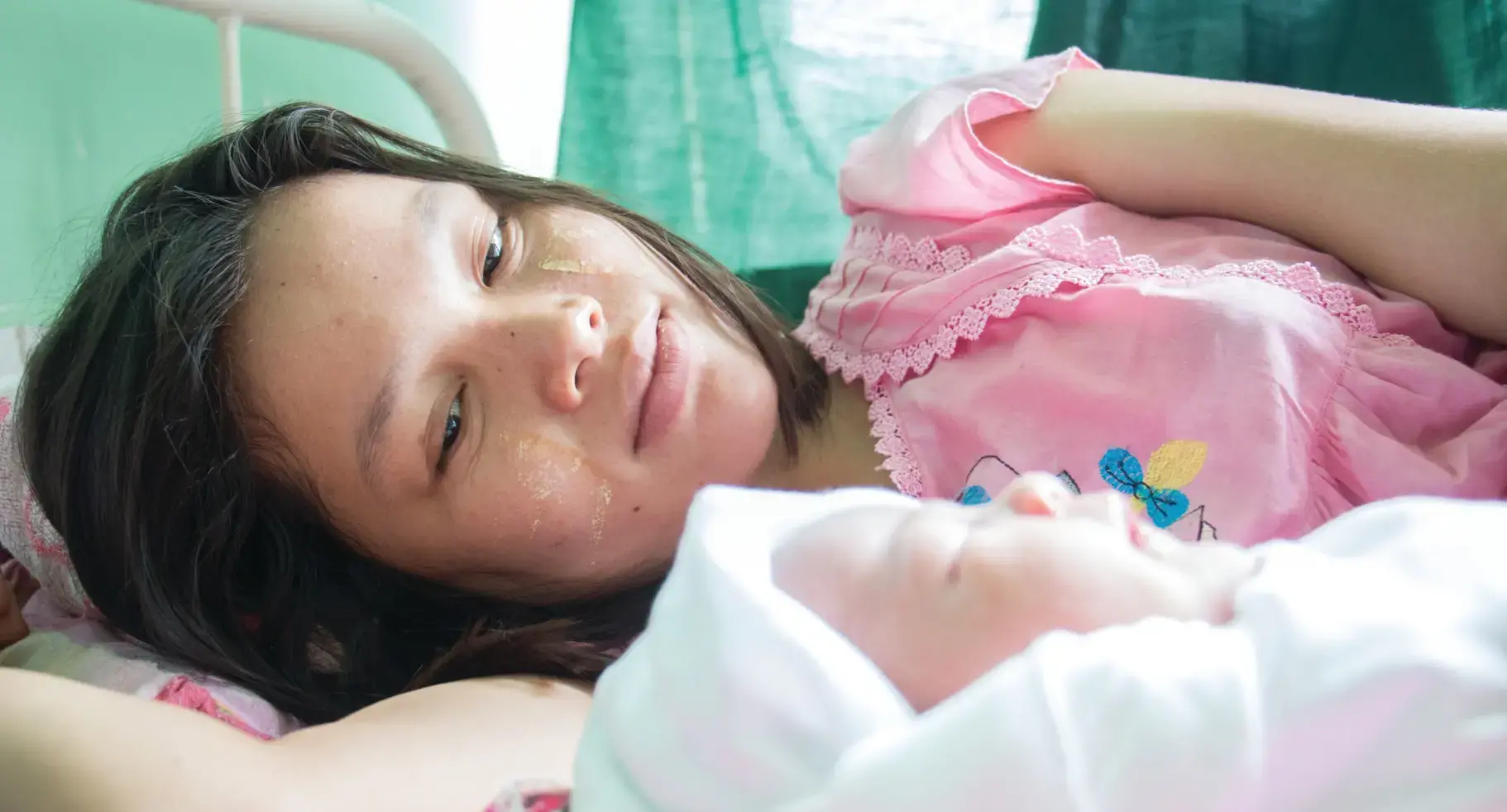Ms. Shabina Tareen, 35, from Harnai, Balochistan, was sleeping peacefully with her 10-day old twins when she was jolted into wakefulness by a movement in the ground – an earthquake had hit the area on the morning of 7 October 2021. Shabina, just like everyone else, ran for dear life but did not forget to pick up her babies. She struggled to escape as she was still nursing a wound from the caesarian section she had when she gave birth to the twins.
Other family members, including Shabina’s five other children, her husband, and his old parents, had also scuffled away from the homestead. The 5.9-magnitude quake, with a depth of 15 kilometres, caused huge destruction in Harnai. More than 40 people lost their lives, and nearly 400 were injured, mostly women and children.
The earthquake has added more challenges to many people in Harnai. The district is the poorest in Balochistan, with over 70 percent of the population living below the poverty line. Given the geographic landscape with scarcely populated areas, the area has limited availability of life-saving emergency obstetric and neonatal care, including long distance to secondary and tertiary hospitals.
Shabina gave birth to the twins at the Syndman Civil Hospital in Quetta. Before then all her children were delivered by a Dai, an untrained traditional birth attendant. A female health visitor had cautioned Shabina this time around about possible birth complications that may arise from pregnancy with twins. Shabina was already at risk as she had a total of nine pregnancies; she had already experienced three miscarriages and lost a seven-year-old daughter who was born with a disability. She has four daughters and one son who are alive.
“I think an ideal family size should consist of four children with two boys and two girls. The wish for another boy pushed me to get pregnant so many times,” said Shabina.
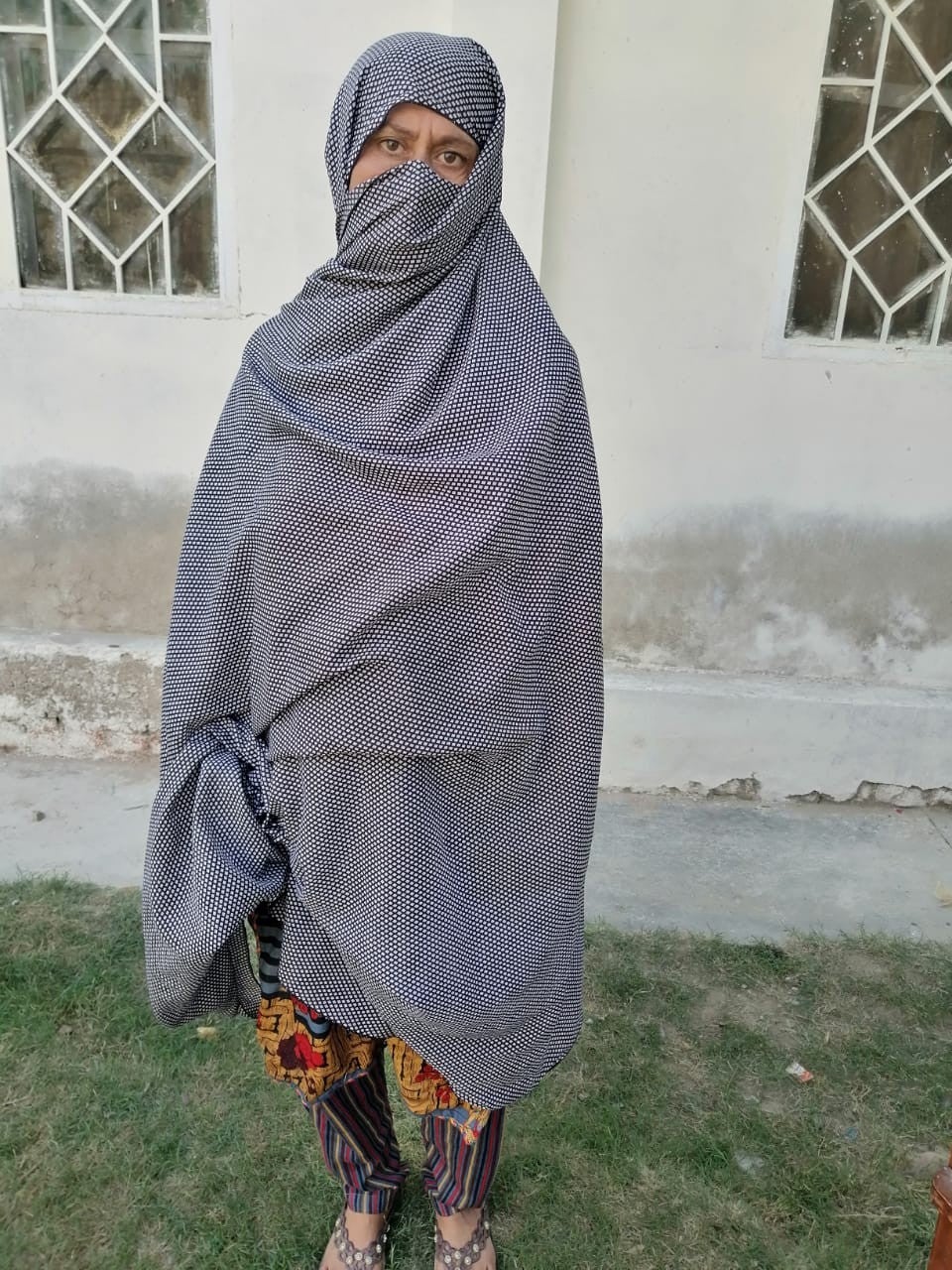
Shabina escaped with her babies
Many women in Harnai have an average of seven children, and this puts them at a higher risk of birth complications and maternal death.
The district’s only biggest hospital has one female medical doctor who has already planned to move out because she wants to pursue a postgraduate career. There will be no woman medical officer for the entire women’s population.
Habiba, a lady health visitor in the Syndman Civil Hospital, told a visiting humanitarian team from UNFPA that many women in Harnai prefer delivering with traditional attendants to hospital deliveries.
“Even if they come for delivery, they are not comfortable using a delivery bed,” said Habiba.
Referral of complicated cases of pregnancies is also a challenge as a referral hospital, which offers Comprehensive Emergency Obstetric and Newborn Care services (CEmONC) is located at a distance of four hours, of which two hours’ drive is on a bumpy road. According to hospital officials, many women die during the referral process.
The UNFPA humanitarian team visited Harnai in the immediate aftermath of the earthquake. UNFPA joined hands with the National Disaster Management Authority (NDMA) in conducting the needs assessment to address the needs and concerns of the women in the area. The assessment indicated women’s deplorable reproductive health conditions in the area, including poor maternal and newborn health indicators. The earthquake has unfolded the existing health system’s performance in the district and the health-seeking behaviour of the community.
Meanwhile, women in Harnai remain extremely vulnerable to the unavailability of life-saving reproductive health services or life-saving maternal health services exacerbated by the earthquake.
During natural disasters and public health emergencies, reproductive health needs are often overlooked – with staggering consequences. Pregnant women risk life-threatening complications without access to delivery and emergency obstetric care services. Women and girls may lose access to family planning services, exposing them to unintended pregnancy in perilous conditions. Women and girls also become more vulnerable to gender-based violence and exploitation, with serious consequences for their health and well-being.

